THIS IS “KNOT” YOUR CONVENTIONAL MASSAGE.
I offer a range of techniques to help you achieve the results you’re after. Not sure what you need? I’ll go in depth and explain what the different techniques are to help you understand their benefits, so you can decide which one is right for you.
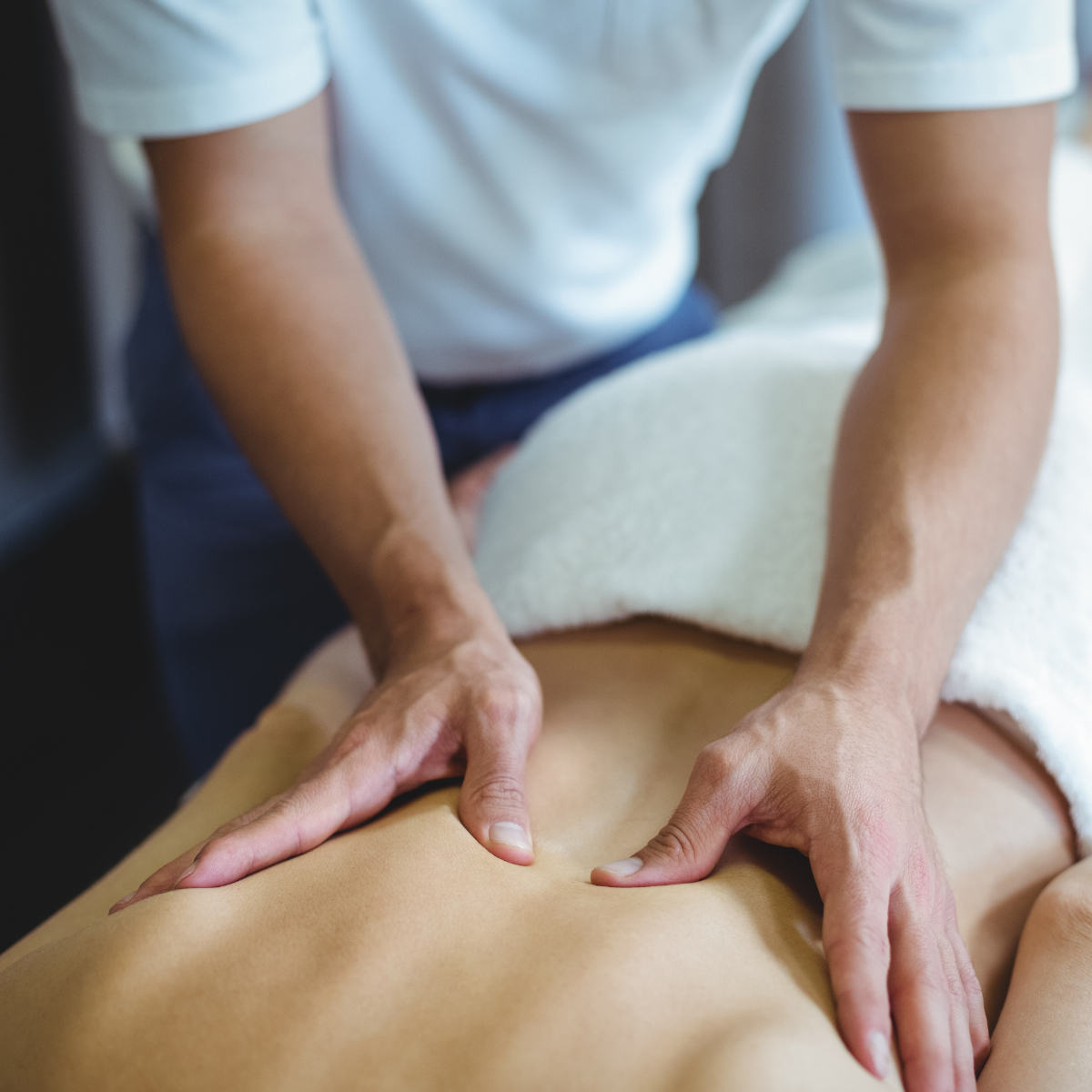
Myofascial Release
What is Fascia?
Fascia is a thin casing of connective tissue that surrounds and holds every organ, blood vessel, bone, nerve fiber and muscle in place. This tissue does more than to provide internal structure; fascia contains nerves that make it almost as sensitive as skin.
If you were to remove everything but the fascia, you would have a body form that resembles a spider-web type of material.
In a healthy state, your fascia is relaxed, can stretch and move without restrictions. When your body has experienced physical trauma, scarring, inflammation, repetitive motion damage and even emotional trauma, the fascia loses its pliability. It becomes tight and restricted. The fascia is one continuous structure that exists from head to toe, without interruption. Trauma to one area of your fascia can cause dysfunction or pain in another area of the body.
Myofascial release uses sustained pressure to stretch and lengthen the fascia to get rid of the adhesions, dysfunctions and/or restrictions.
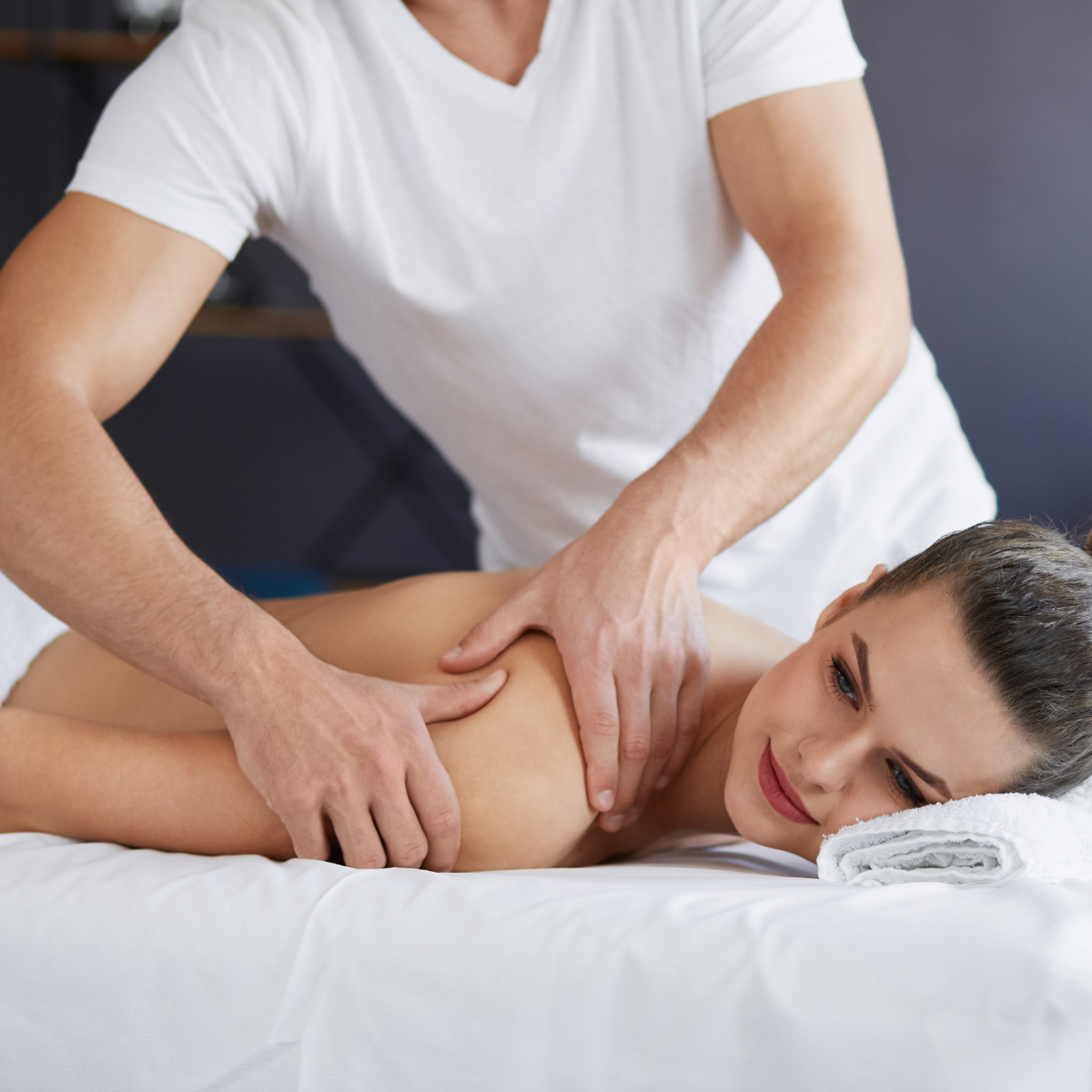
Active Release Technique (ART)
ART combines manipulation and movement of the body’s soft tissue. It works by breaking up adhesions, which are dense collections of scar tissue that form when muscles and connective tissues are injured. When the scar tissue binds between your muscles, it limits flexibility, causing pain and stiffness in muscles and joints.
Sometimes, these adhesions can also entrap nerves. The manipulation of the soft tissues through ART breaks up the adhesions, so your muscles, joints, and nerves can move freely again.
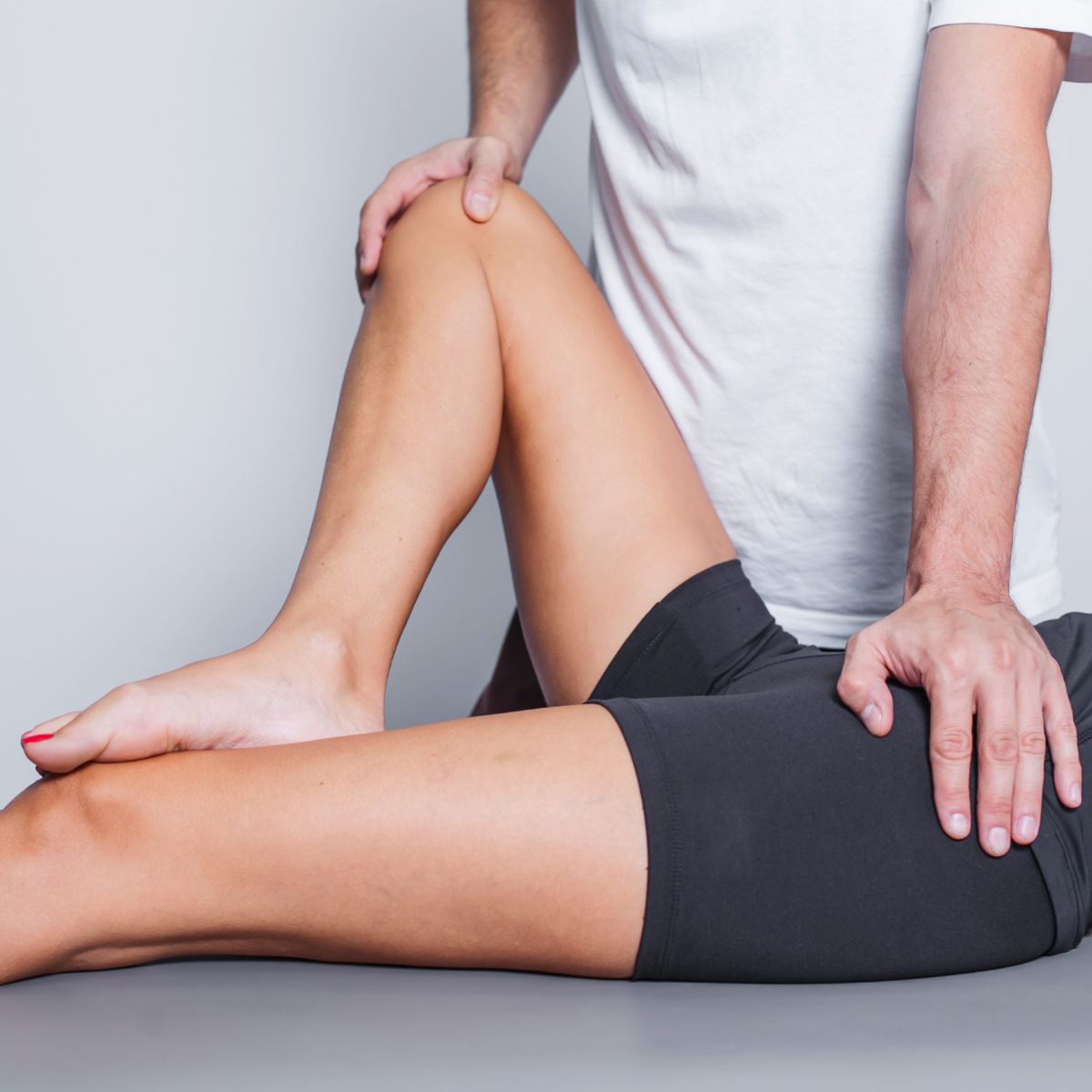
Assisted Stretch
Assisted Stretch or Proprioceptive Neuromuscular Facilitation (PNF) is a form of stretching designed to increase flexibility of muscles and increase range of movement. The stretch is progressive, involving muscle contraction and relaxation.
PNF stretching has been proven to improve active and passive range of motion. It can be used to assist daily, static stretching and has been shown to help athletes improve performance and make speedy gains in range of motion. Not only does it increase flexibility, but it can also improve muscular strength.
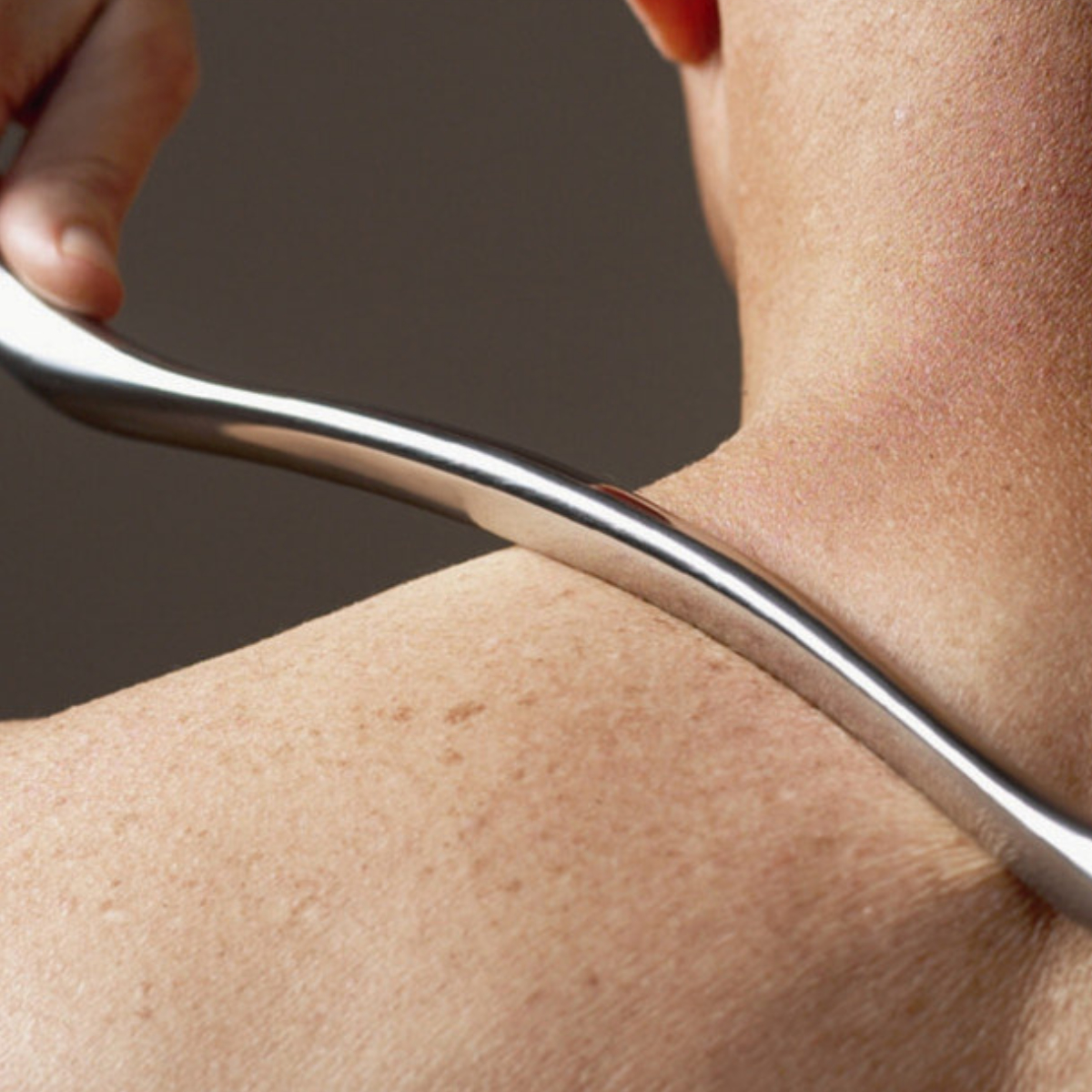
Scraping
When Instrument Assisted Soft Tissue Mobilization (IASTM) or scraping is performed, the blades effectively break down fascial restrictions and scar tissue. The ergonomic design of the blades provides the ability to locate restrictions and allows the therapist to treat the affected area with the appropriate amount of pressure.
The introduction of controlled microtrauma to the affected soft tissue structure causes the stimulation of a local inflammatory response. Microtrauma then initiates reabsorption of inappropriate fibrosis or excessive scar tissue and facilitates a cascade of healing activities, resulting in renovation of the affected soft-tissue structures. Adhesions within the soft tissue, which may have developed as a result of surgery, immobilization, repeated strain or other mechanisms, are broken down, allowing full functional restoration to occur.

Cupping
Cupping has become a hot topic in recent years with news of models, movie stars and Olympic athletes using cups to ease aches and pains and also to enhance health and well-being. But cupping isn’t just for celebrities. It can be beneficial for almost everyone.
Cupping is a form of deep-tissue massage using suction and decompression. Chinese medical practitioners believe cupping helps keep the body in balance, increases overall blood flow and reduces pain. Some athletes use this type of therapy to decrease muscle recovery time. It is often used in conjunction with acupuncture or acupressure. Cupping uses a cup to pull an area of skin into a suction that decompresses muscles and connective tissue. This promotes blood flow to the compromised area, enhances circulation and helps to boosts the body’s own healing process. There are several different types of cups ranging from glass to silicone and bamboo, and there are different ways to use them. Sometimes practitioners will use only one or two cups. Other times, they’ll cover an entire area with cups.
Two of the most popular types of cupping are: stationary and sliding. Stationary cupping uses suction only, keeping the cups in place for a set time, usually 5 to 10 minutes. Sliding cupping is more like a deep tissue massage, where the provider moves the cups over specific areas of the body.
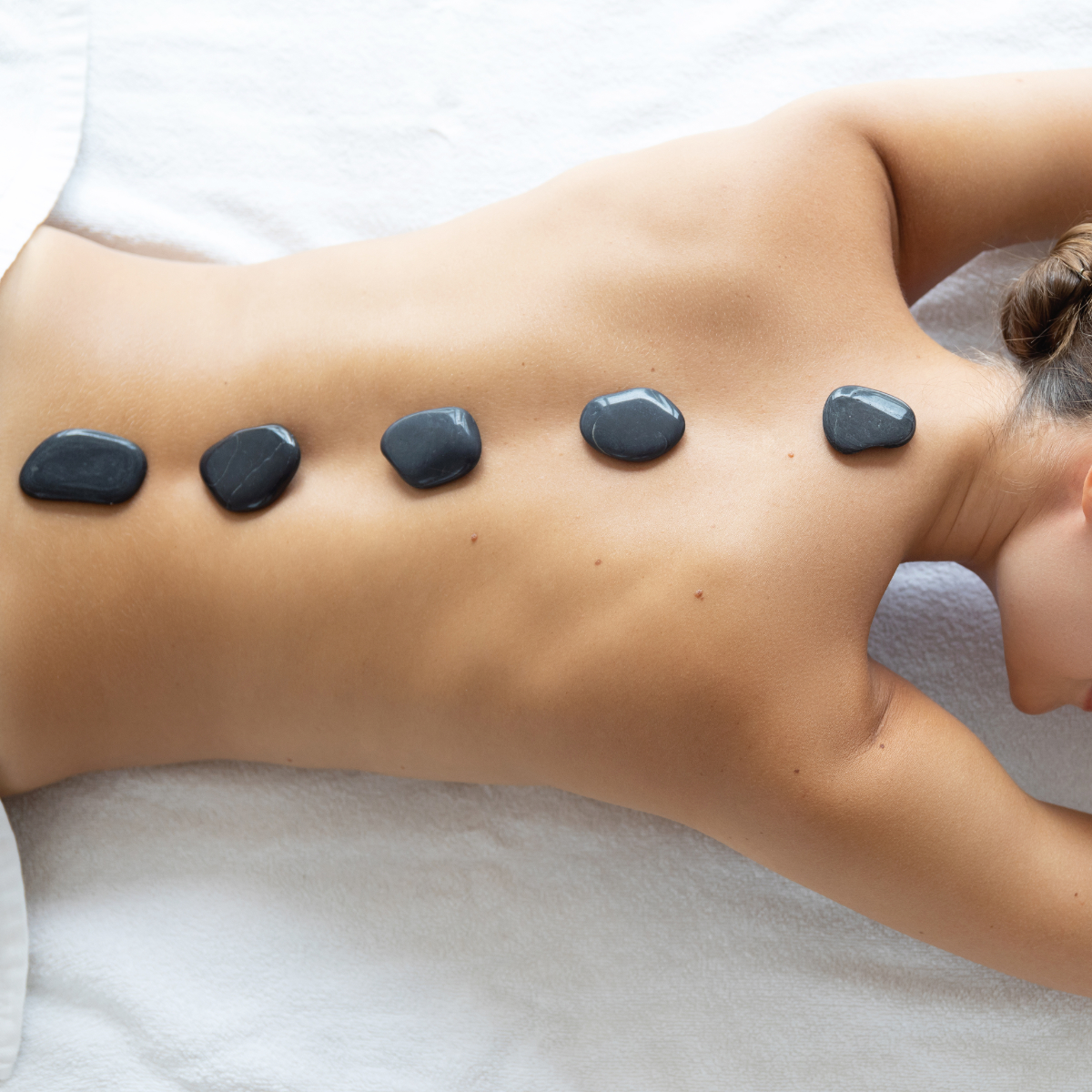
Hot Stones
Hot-stone massage is best used to help relax and ease tense muscles and to aid the recovery process of damaged soft tissue throughout the body.
During a hot-stone massage, smooth, flat, heated stones are placed on specific parts of the body. The stones are usually made of basalt, a type of volcanic rock that retains heat, and are heated between 130 and 145 degrees.
Massage therapists may also hold the heated stones as they massage the body using Swedish massage techniques.
Heat has long been used to ease muscle tension and pain. It helps increase blood flow to the affected area. It may also reduce muscle spasms and increase flexibility and range of motion.
Hot-stone massage may relieve painful conditions such as fibromyalgia, a condition that causes widespread, chronic pain. According to a 2002 study, people with fibromyalgia who received a 30-minute massage slept longer, had fewer trigger points, and had decreased levels of substance P (a substance involved in transmitting pain signals). More research is needed, however, before massage becomes a standard fibromyalgia treatment. A 2013 study found that people with rheumatoid arthritis may benefit from a moderate-pressure massage, such as hot-stone massage. Participants in the study experienced less pain, greater grip strength, and greater range of motion after one month of massage therapy.
Anyone who is experiencing muscle tension and pain, insomnia, or stress may benefit from a hot-stone massage. If you have a chronic condition that causes pain, talk to your doctor to see if a hot-stone massage is a good option for you.
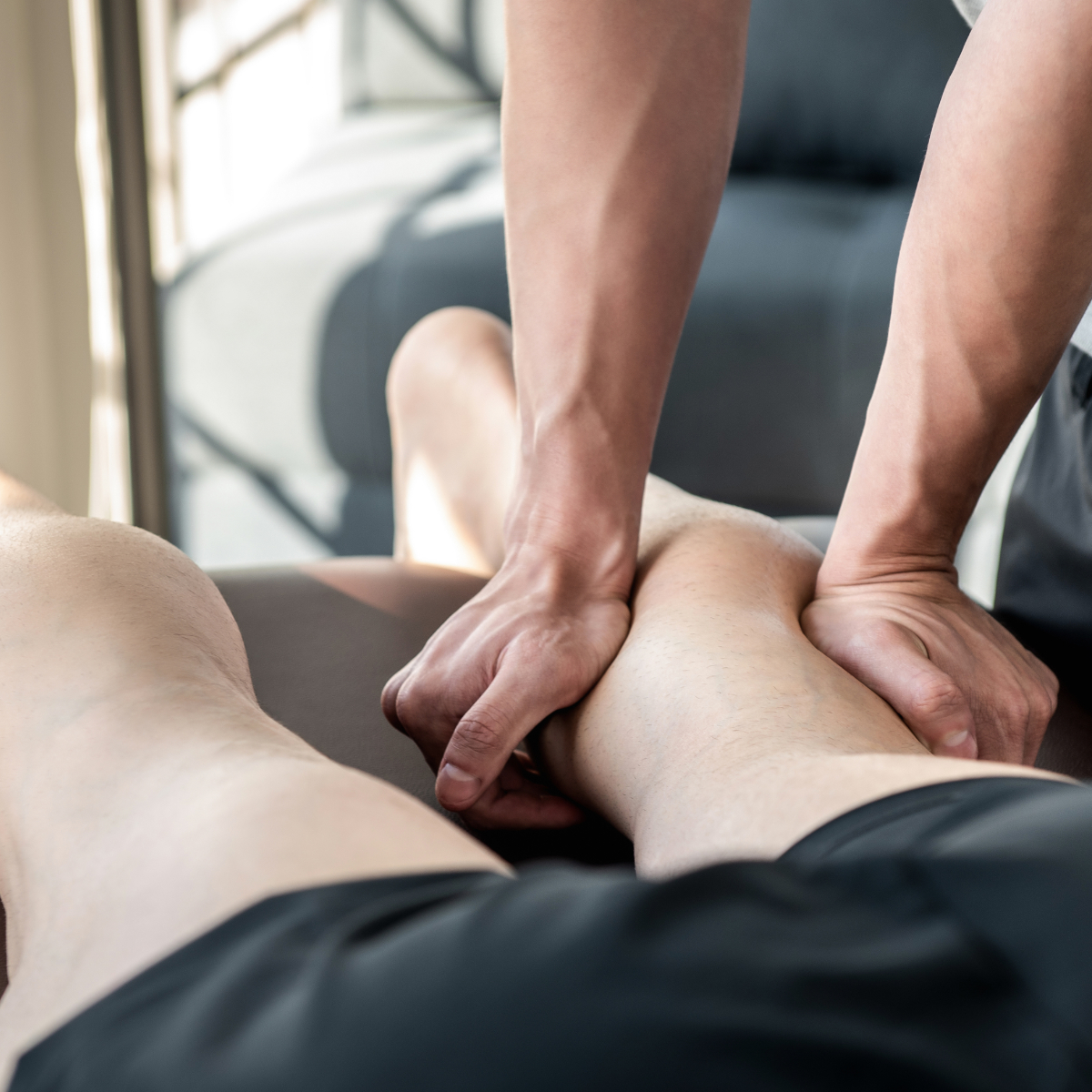
Sports Massage
Sports Massage is a type of massage therapy which utilizes deep-tissue techniques, with the aim of reducing muscular tension, discomfort and pain.
Although sports participants benefit from sports massage, this method of massage isn’t restricted to sports participants, as the deep-tissue massage techniques can be used to treat a wide variety of conditions.
Typically, sports massage techniques are fast-paced and incorporate stretching and compression movements. A sports massage therapist will use a variety of deep tissue techniques throughout a treatment, which involve longitudinal stripping, friction techniques, tapotement and muscle energy techniques, such as PNF stretching, active movement and trigger point compression.
These techniques are used to warm the muscle up, to increase local blood circulation and to reduce muscle tension.
Although sports massage treatments can be tailored to the needs of an athlete who is just about to compete in an event or who has just completed an event, sports or deep-tissue massage can also be used to treat injuries or muscular pain and discomfort, by promoting both physiological and psychological benefits.
These benefits are largely the result of an increase in local blood circulation, which helps to flush out chemical irritants and waste products stored within the muscle. At the same time, fresh blood flow increases oxygen and nutrient content within the muscle. This, in turn, can help with muscle repair and leads to a reduction in muscle tension. Compression techniques can also influence blood flow and nerve reflexes within the muscle, which when stimulated leads to a relaxation effect within the muscle itself. When a muscle is tight, it can irritate nerve receptors, which turns to muscular pain and discomfort. Therefore, reducing muscular tension can lead to a reduction in nerve irritation and a reduction in muscular pain and discomfort. Reducing muscular tension and increasing localized blood flow can lead to an increase of range of movement around the associated joint. This is good news for sports and fitness participants, as increased range of movement is linked to increased sports performance and reduction in injury rates. Treatment provided post-event can help to reduce recovery rate through increased circulation, which helps to further reduce the concentration of waste products and increase oxygen and nutrient content within the muscle.
When used to treat a specific injury, massage can help to promote healing, by increasing nutrient and oxygen levels and reducing any excessive swelling associated with injury. Manual massage techniques can also help to align new collagen formation within the muscle, which can lead to improved realignment of scar tissue and less risk of re-injury.
Other techniques
The following are techniques/modalities that I also practice but I won’t go into detail about them. As much as they are important, I don’t use them as often, because they are very similar to the ones previously described. When I do use them, it’s mostly to complement my workflow, or as a request from the client:
Swedish Massage, Deep-Tissue Massage, Thai Massage, Neuro-Structural Bodywork (NSB), Acupressure, Shiatsu, Reflexology, Lymphatic Drainage, Trigger Point Therapy, Craniosacral Therapy, Aromatherapy.